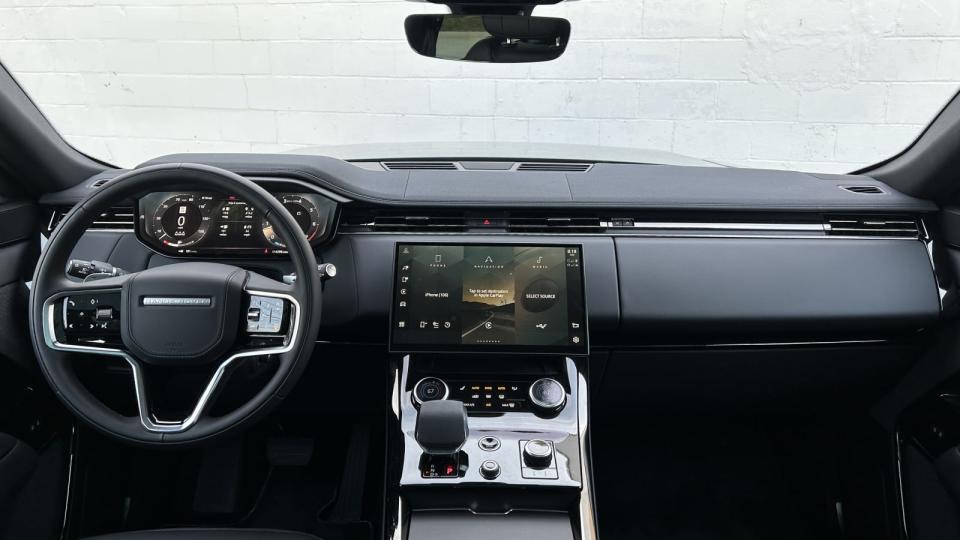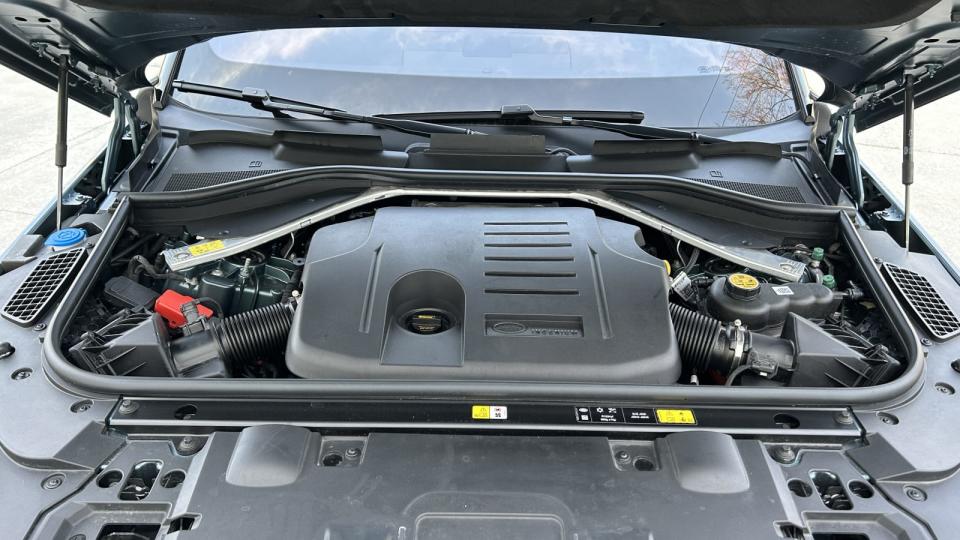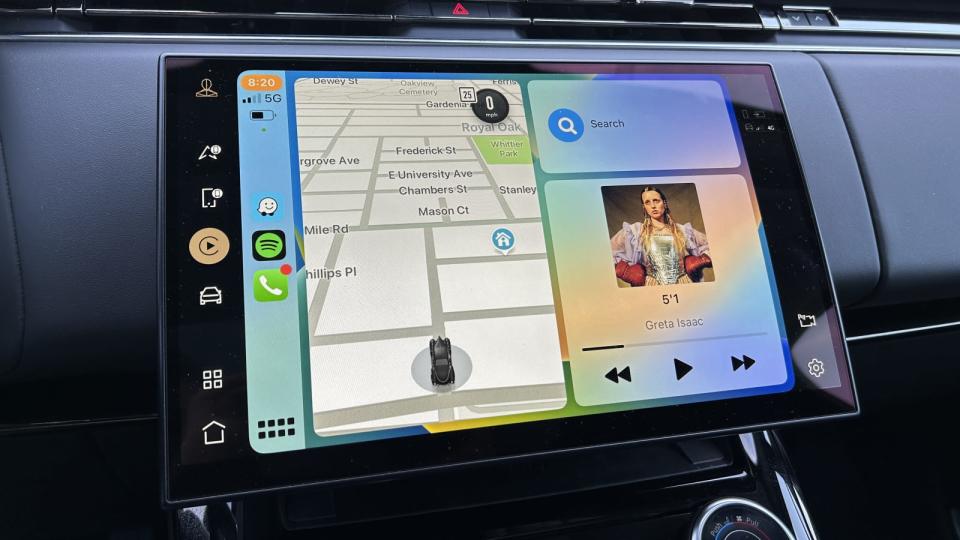6 thoughts about the 2023 Range Rover Sport SE

The new-for-2023 Range Rover Sport plays the same role as it did before in the Range Rover lineup. Compared to the full-fat Range Rover, it’s a smidge smaller, tones down the decadence, comes with a cheaper price tag, and most important of all, it looks sporty. Now, just because it looks the part, doesn’t mean the Sport is a corner-carving track-capable SUV. Save those discussions for when we drive the 2024 Range Rover Sport SV with its 626 horsepower and more aggressive suspension and brake package.
Instead, this Range Rover diverts its focus to on-road refinement and the occasional off-road adventure. I drove the base SE trim equipped with the also-base 3.0-liter inline-six. At $90,245 after options, it’s more than $18,000 cheaper than the totally base Range Rover P400. But, is it a true Range Rover experience?
Here are six thoughts on the Range Rover Sport SE.

1. The interior truly is gorgeous
Minimalism and discrete luxury are in right now, and the Range Rover Sport is a pro at both. The slab-sided paneling, artful control design, and dashboard simplicity of the Range Rover Sport’s cabin is a delight. It’s calming from the second you step over the sill. The floating touchscreen flicks on instantly and is your control panel to the car. There are no overwhelming flourishes or ostentatious displays of wealth to be seen. Run your hands along the supple, leather-covered dash. Enjoy the shape of the sculpted shifter. Take pleasure in the rich materials all around you. Where a BMW or Mercedes aim to dazzle you with tech, exotic materials and fanciful light shows, the Range Rover Sport keeps it classy and timeless.

2. No need for the V8
This 3.0-liter turbocharged mild-hybrid inline-six is making its way around the JLR lineups like wildfire. In this application, it produces 355 horsepower and 365 pound-feet of torque. BMW’s borrowed 4.4-liter twin-turbo V8 is on the options list, but this inline-six’s sweet, tuneful note is enough to make me look past it. There’s plenty of pep to out-muscle others from a stoplight, and its eight-speed automatic transmission also keeps shifts smooth and quick. The extra upside of this is that JLR’s inline-six is the base engine for the Range Rover Sport, so you can get it at a good price.
And yes, it’s a complicated powertrain setup with a mild hybrid, but starts and stops are smooth, and fuel economy isn’t so terrible either. While the V8 will have you earning 15 mpg in the city, the I-6 pumps that up to 19 mpg, and all the way to 26 mpg on the highway.

3. Infotainment is no longer a glaring weakness
It’s been the achilles’ heal of any Land Rover or Jaguar product since, well, forever. Most other OEMs have had semi-workable or even enjoyable infotainment systems, but JLR’s have been behind-the-times at best and at worse, a nightmare. That’s no longer the case with Pivi Pro, and paired with the Range Rover Sport’s beautiful screen hardware — a 13.1-inch central screen and 13.7-inch digital instrument cluster — it’s a delight to use. Firing up Apple CarPlay or Android Auto is a breeze, and you can easily switch between the smartphone display and the native infotainment. It’s really rather heartening to see Land Rover finally get tech right, as it’s gone from one of the worst in the class to being highly competitive with some of the best systems out there.

 Yahoo Autos
Yahoo Autos 
